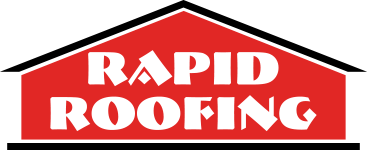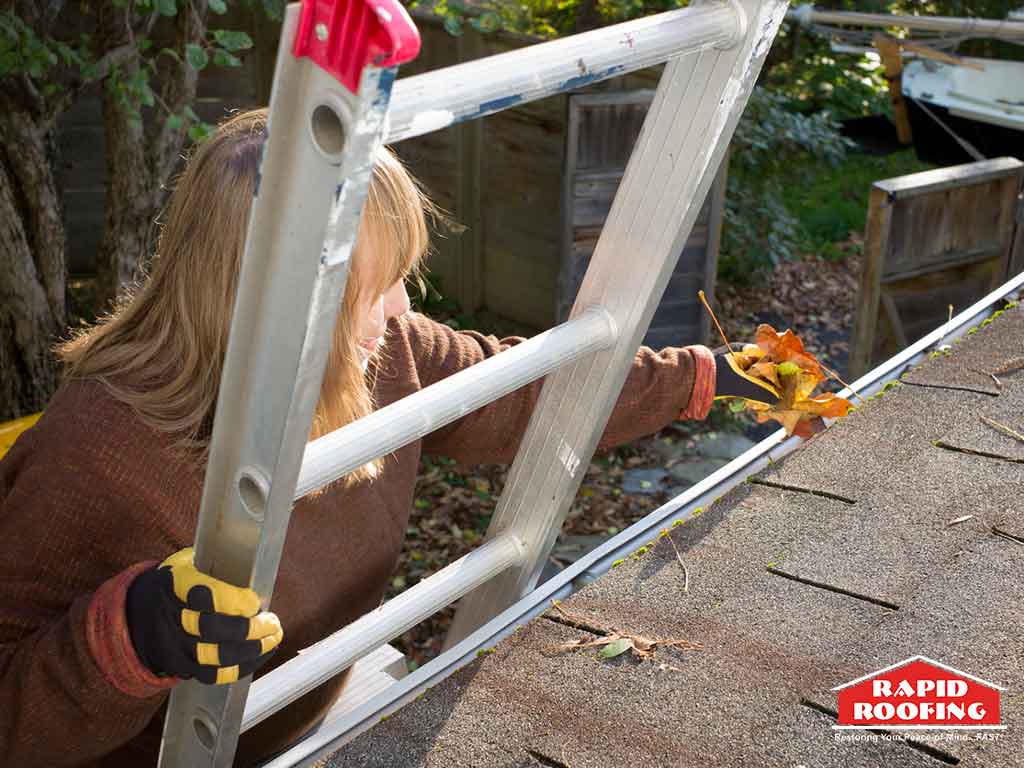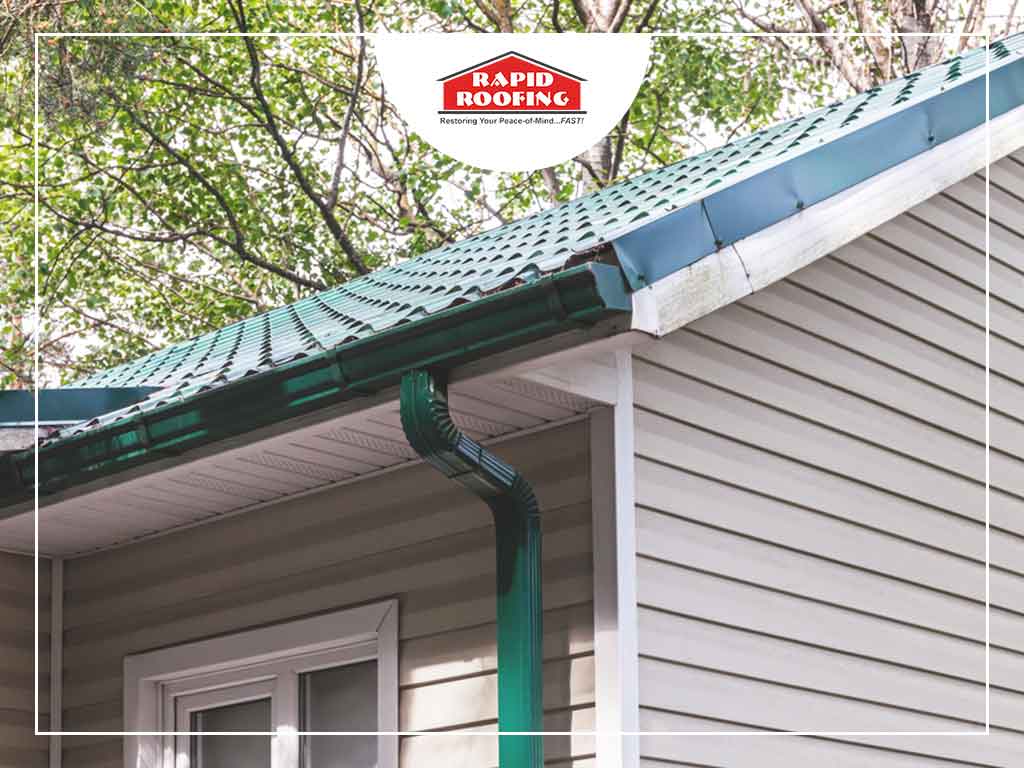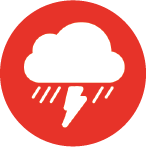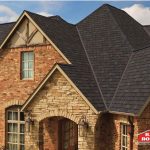Commercial Roof Inspections: 5 Areas to Inspect
Compared to residential roofing systems, commercial roofs will require more care if you want them to last longer and perform better than expected. To do so, the regular inspections and maintenance procedures must be conducted by a roofing contractor every now and then. During the inspection, there are five areas of your roof that must be examined, and, as the building manager, it’s best that you know what they are.
- Surface Area – While your roofing professionals are walking the roof, they’ll also be constantly inspecting the surface area to check for physical and hail damage, vandalism or evidence of excessive foot damage. They’ll also check for blisters or separation between the layers as they walk.
- Defects – Defects are another item that roofers have to look out for during a commercial roof inspection. They need to look for small holes in the surface, wear and tear on the material, or cracks that can allow moisture penetration. During the inspection, some roofers may also use infrared cameras to detect moisture penetration that isn’t visible to the naked eye.
- Gutters and Drains – The gutters and drains will likely be the first things your roofing professionals will inspect. They’ll look for any leaves, dirt or debris that can impede water from draining from the roof and cause moisture damage to the system. If left unchecked, your commercial roof may fall victim to standing water and can cause major issues that will be costly to repair.
- Flashing, Roof Edges, Terminations and Expansion and Control Joints – While your roofer is inspecting your roof, they’ll also check the terminations and edges of the roof. This is because they’re highly vulnerable parts of the roofing system and are susceptible to various problems. If there are any problems, they’ll have to be repaired immediately to prevent the roof from sustaining moisture damage.
- Rooftop Units and Penetrations – Rooftop penetrations like vents, HVAC systems and skylights must also be included in the inspection process. Your roofer will have to ensure that the HVAC units are properly moving to the drains, and the seams of the units must also be examined to ensure that they’re still watertight. The areas surrounding these penetrations must be inspected as well to see if they haven’t been damaged since the installation.
Need to get emergency roof repair work done? Turn to Rapid Roofing, your number one provider of commercial roof installation and replacement services. Give us a call at (734) 234-1174 or (269) 222-7171. You can also fill out our contact form to get a free estimate today! We serve homeowners in Ann Arbor, MI, and other nearby areas.
